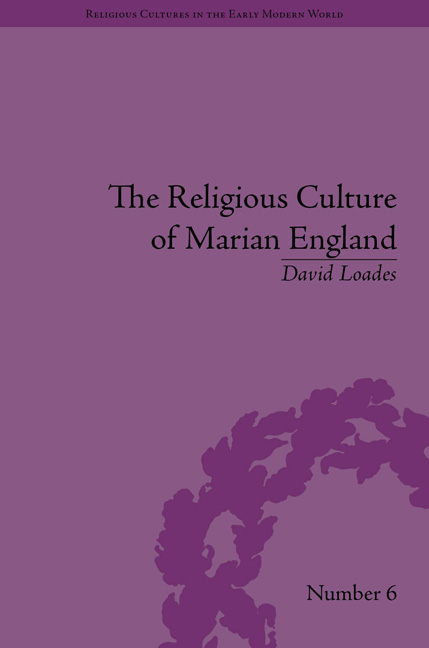Book contents
3 - Popular Religion
Summary
There is plenty of evidence for the faith of the laity in the century or so before the reformation, but most of it relates to the literate minority. Only those with property to bequeath left wills, and although the mystery plays were aimed at a wide audience, those who wrote them were, by definition, educated. Also, because of the way in which this evidence is slanted, it gives the impression of an obsession with death. The danse macabre was a pervasive image after it had been imported from France to St Paul's in the 1440s, and representations of death were commonplace in the ballad literature of the period. ‘With drede we dwellen, With drede we wenden’ as one writer put it. Life was short, medicine expensive (when obtainable at all) and death frequently sudden or unexpected. The Ars moriendi, or skill of dying, was thus a strategy designed to cope with this natural and inevitable anxiety, and designed, with its emphasis upon extreme unction, to cement the authority of the Church as the custodian of that grim portal. Stories of edifying deaths were numerous and circulated both in writing and by word of mouth, but always the outline of the story was the same: the sufferer, with the aid of the priest, coming to repentance and receiving the sacrament, thus baffling the army of fiends who lay in wait for the unwary or unrepentant soul. The deathbed struggle was a trope, in which saints, particularly the Blessed Virgin, and guardian angels figured prominently. This reality was eased by the Church in two ways. First by the concept of purgatory, that intermediate place where the redeemed but still sin-stained soul endured the punishments which would prepare it to enter heaven. Purgatory was accessible to the prayers and intercessions of the living, who were encouraged to help the deceased by shortening their stay. This led to the second palliative, the communion of the living with the dead.
- Type
- Chapter
- Information
- The Religious Culture of Marian England , pp. 49 - 64Publisher: Pickering & ChattoFirst published in: 2014



